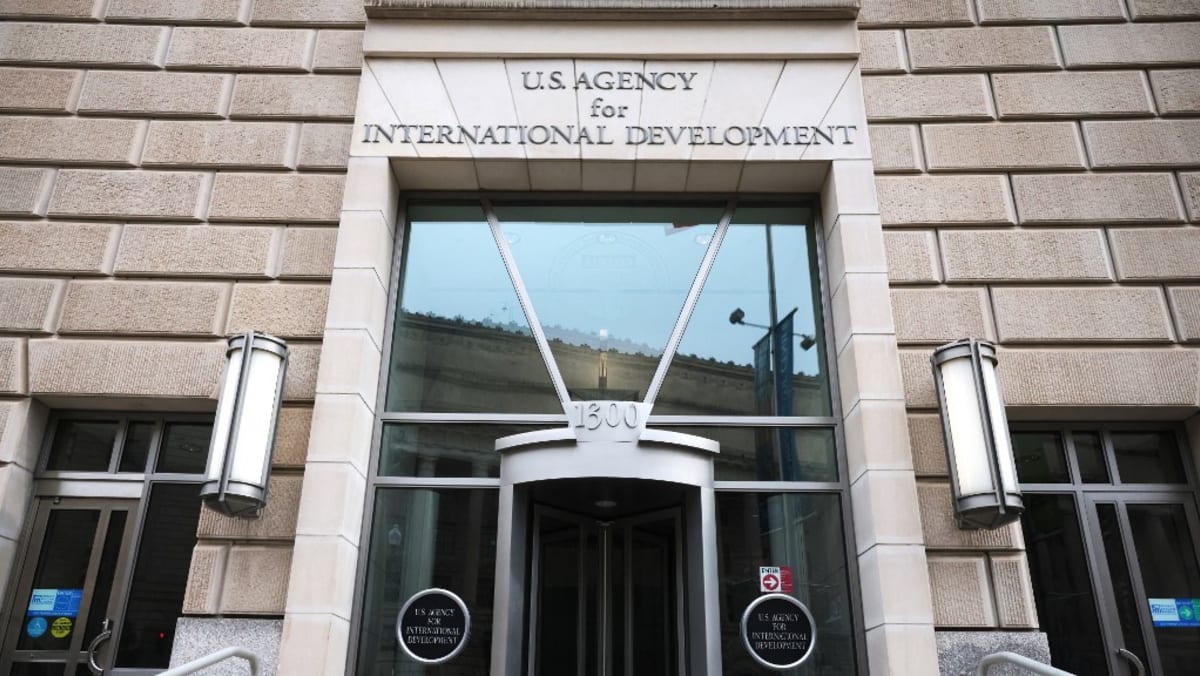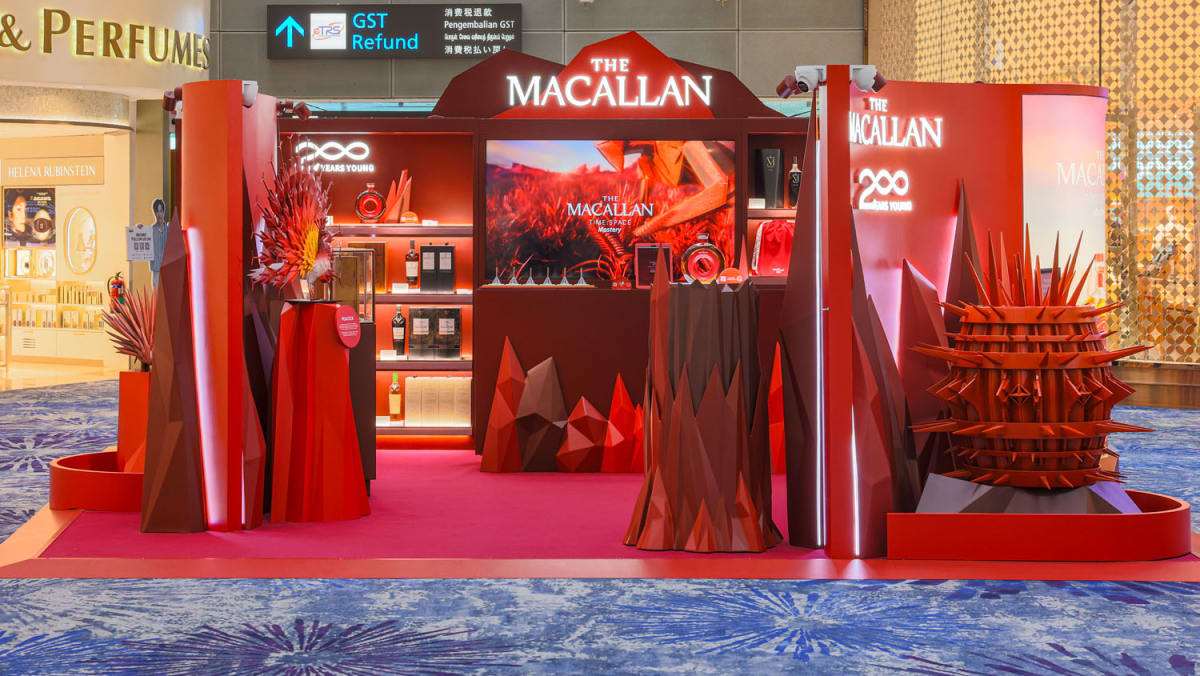JAMBI PROVINCE, Sumatra: Indonesia is ramping up efforts to promote its lesser-known heritage sites such as the Muarajambi temple complex, which is one of the largest of its kind in the world.
The Buddhist cultural heritage site in Indonesia’s Jambi province is more than 20 times the size of Borobudur, which is already considered one of the largest Buddhist monuments in the world.
Research suggests the vast compound was built between the 6th and 13th centuries, during the flourishing period of the Sriwijaya and Malay kingdoms.
Archaeologists told CNA that its design and layout indicate that it once served as a significant centre for Buddhist learning and spiritual practice.
REQUIRING EXTENSIVE RESOURCES
“When we revitalise it and open it to the public, people will visit - young people and especially those from (the older) generation will come,” said Agus Widiatmoko, head and lead archaeologist at the Heritage Preservation Office (Region 5).
“At the very least, our generation and the generations to come will be inspired by the fact that our nation is a great one and that long before colonisation by the Europeans, we already had civilisations and various centres of knowledge.”
The temple complex has been on UNESCO's World Heritage Tentative List since 2009, but gained renewed interest in 2022 after a visit from former Indonesian President Joko Widodo. Members of his administration had a directive to revitalise it.
However, carrying out this comprehensive revitalisation requires massive resources, including financing and manpower, said former Indonesian director general of culture Hilmar Faris.
“Jambi is an area where mining, coal and oil palm plantations are the current economic drivers. So of course (where to direct efforts) becomes a challenge,” he added. “(Another) factor is related to the environment - the threat of climate change.”
Efforts are continuing under Indonesia’s new administration, with the goal of securing the UNESCO World Heritage status for the site.
But revitalisation work may take up to 15 years.
The complex features over 115 structure sites, with an estimated 82 ruins still buried under mounds. A 600-year-old well is among the many well-preserved structures and artefacts in the compound.
To further boost public interest, authorities are also building a museum.
Beyond traditional exhibits of artefacts, there will be open spaces for people to showcase art forms linked to Muarajambi and research labs related to architecture, botany and culture.
Experts hope this concept will cement the site's identity as an education centre.
PROMOTING UNIQUE CULINARY HERITAGE
Meanwhile, members of the Pasar Dusun Karet - known as the Paduka community - are dishing out local delights within the compound in efforts to preserve their unique culinary heritage.
They used to sell ready-to-eat snacks and drinks, but now offer a gastronomic experience to lure travellers looking for a unique slice of the past.
“After Paduka was formed, we were given training in human resources and other skills. So now, we can do more for our future,” said Sartini, head of the Paduka community.
“In addition to running a business, we can support our families. We also learned about gastronomy and realised that what we serve at home can also be served to visitors.”
Visitors can indulge in a variety of food unique to the area, which allows for a more immersive experience of Muarajambi’s cultural past. The native ingredients would have been lost to time without the revitalisation efforts.
Tourism observers told CNA that these efforts have made some difference economically, but more needs to be done.
“We're looking for quality tourists,” said Abdul Hafiz, chairman for Jambi province at the Indonesian Tour Guide Association.
“We don't need 5,000 people visiting in a day but only spending US$0.60 each. We need only 50 people a day who are willing to spend US$30 each. Most of our tourists are from the meetings, incentives, conferences and exhibitions (MICE) category.”

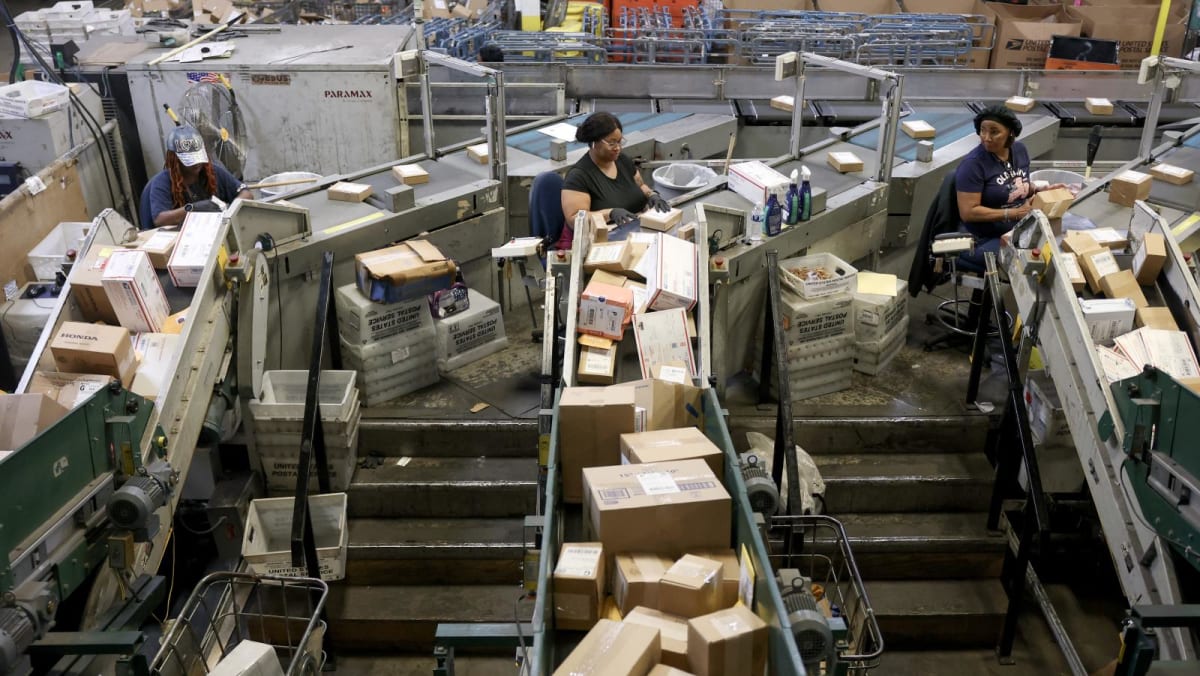
.jpg?itok=8vQxiINi)

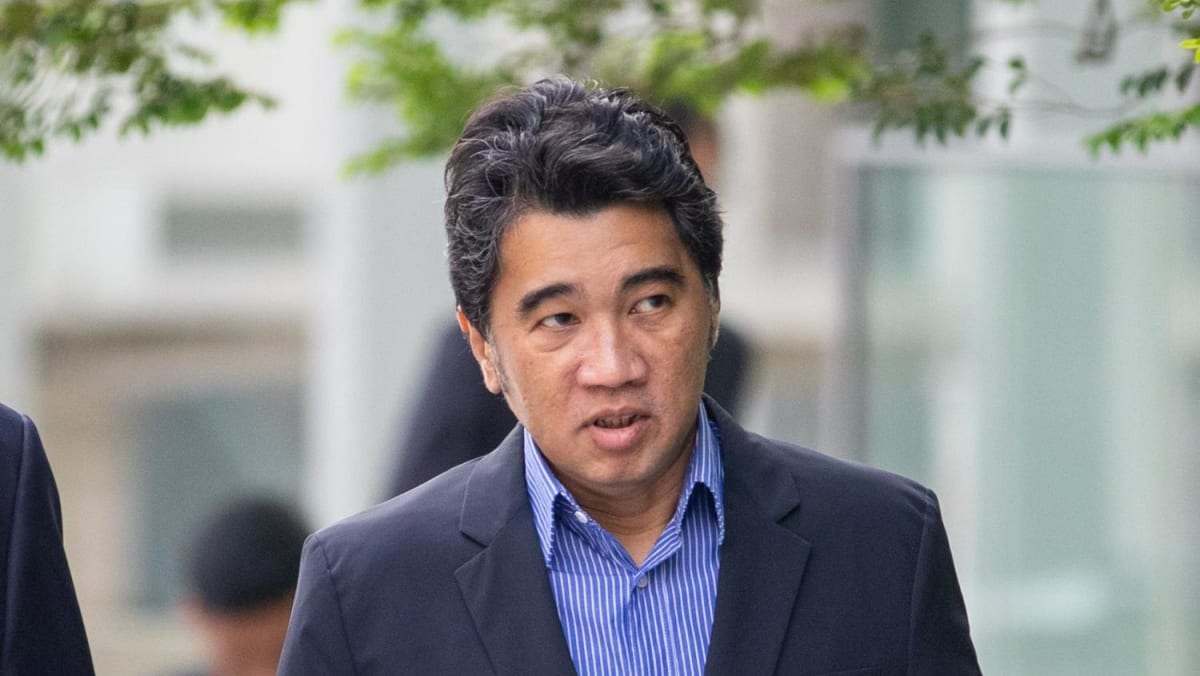



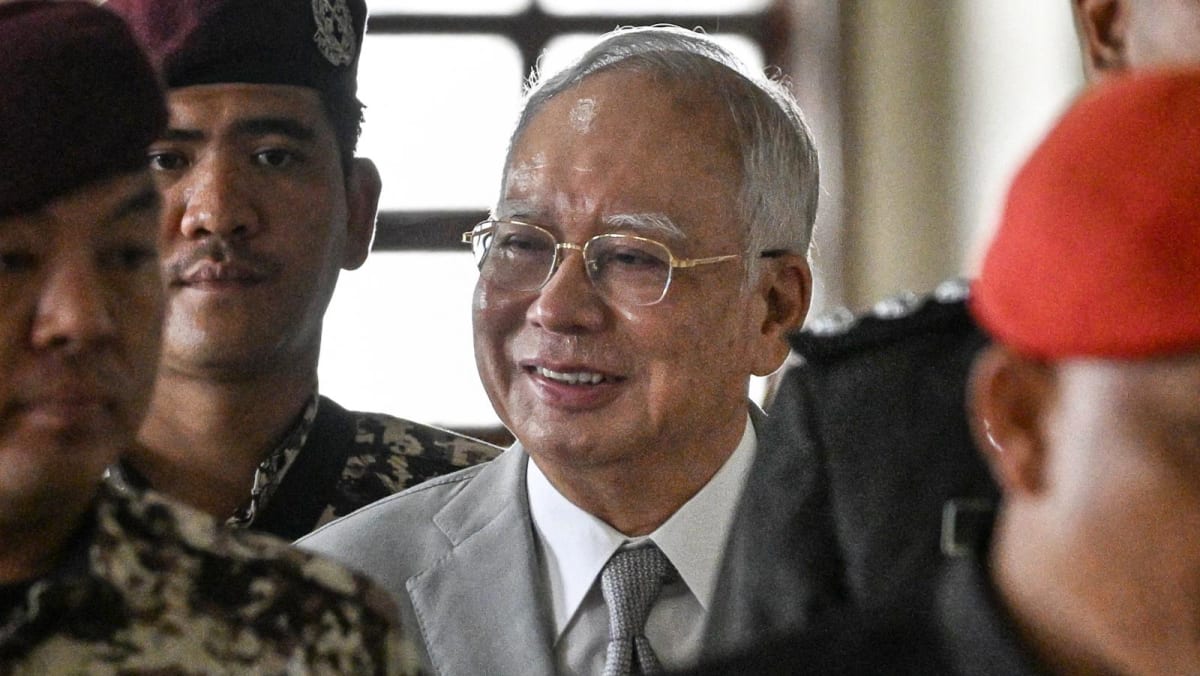
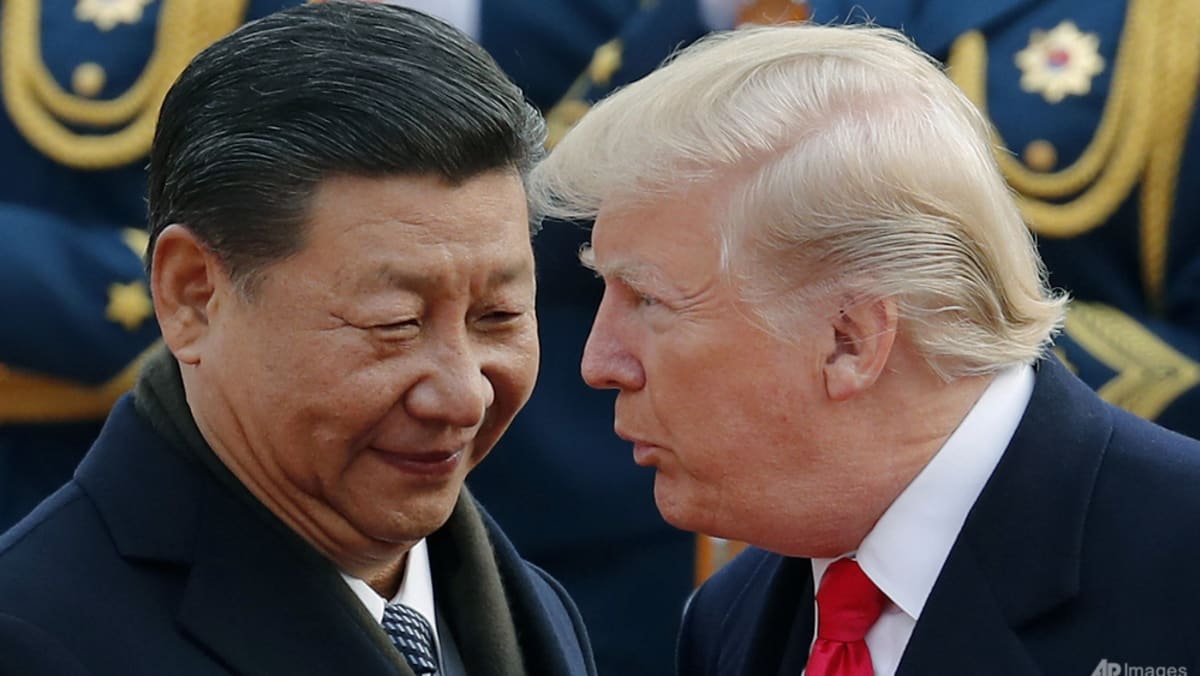
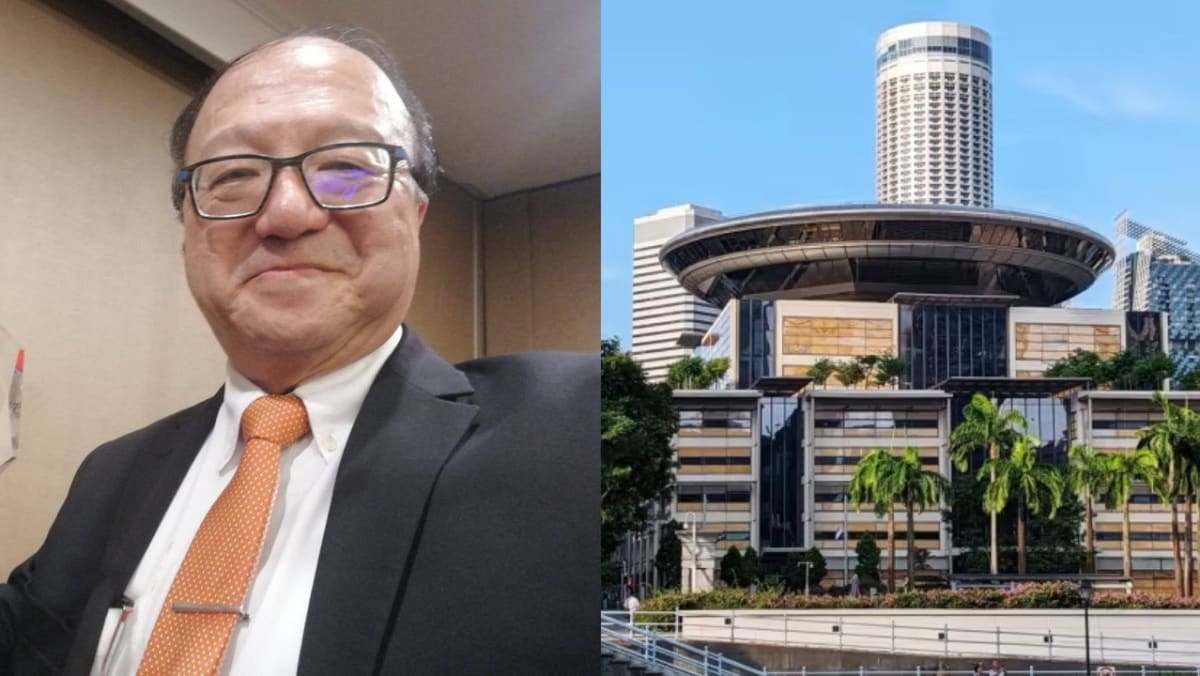

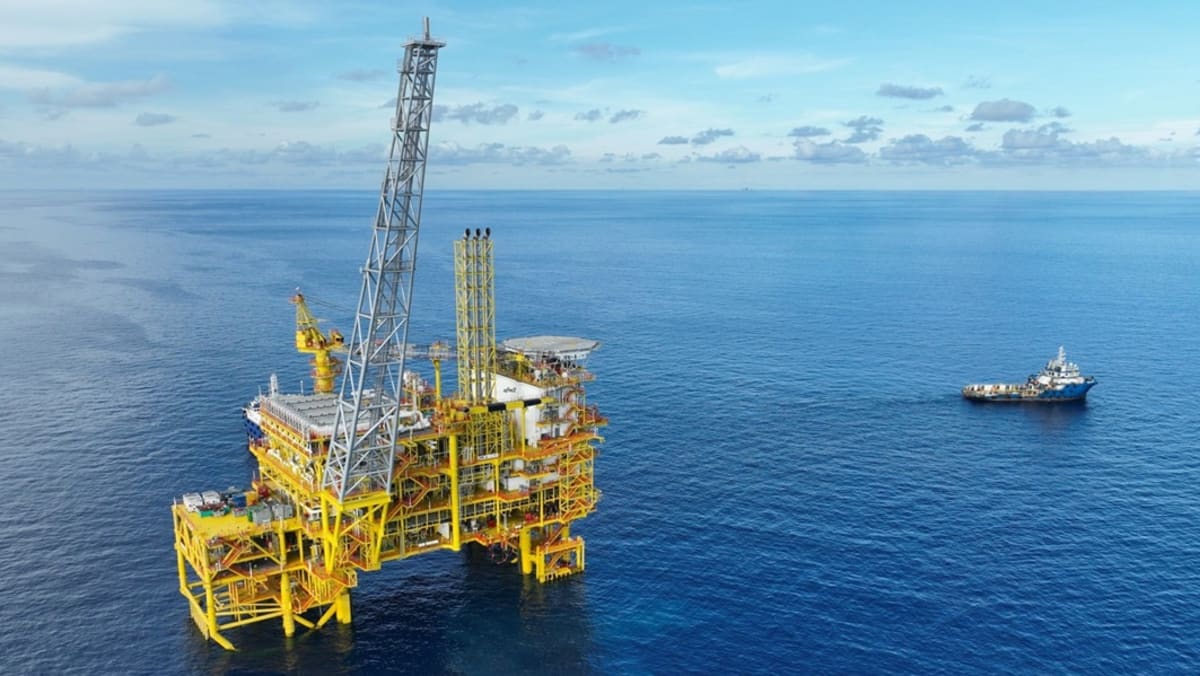
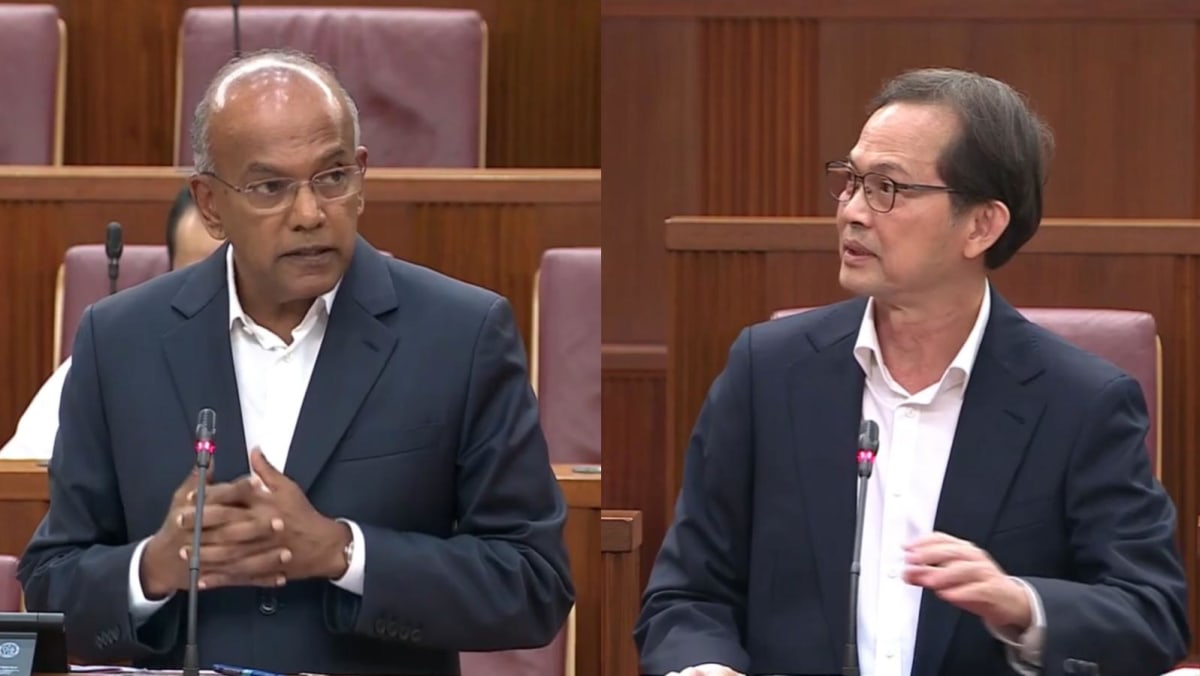
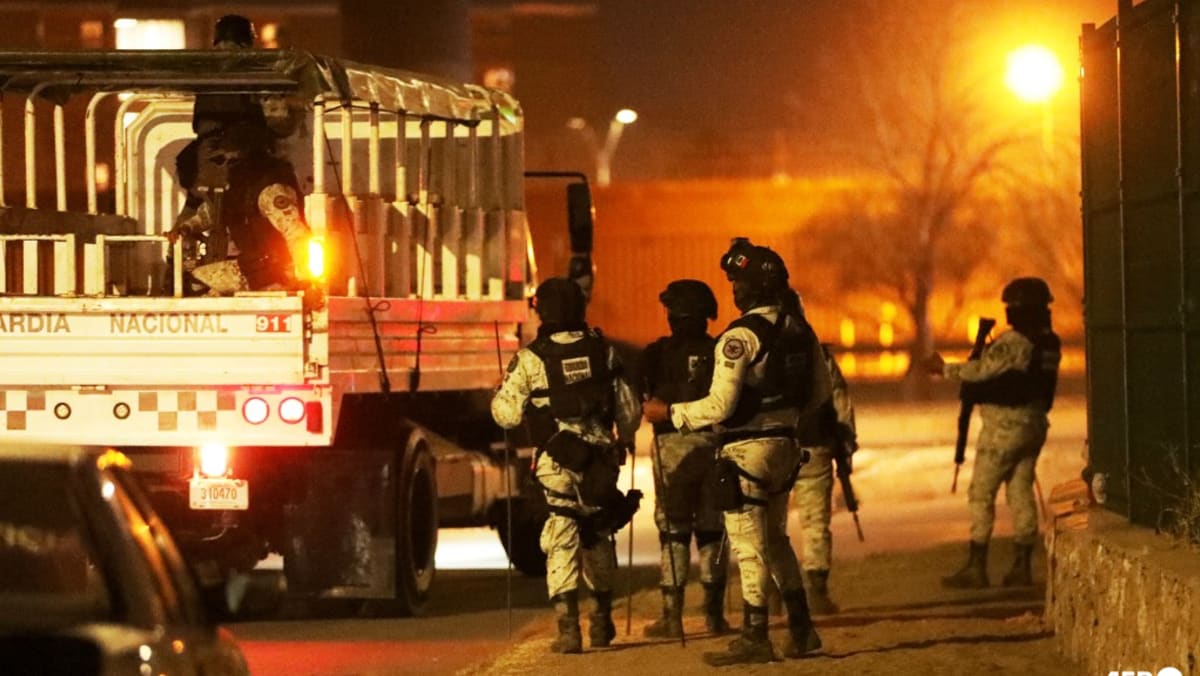
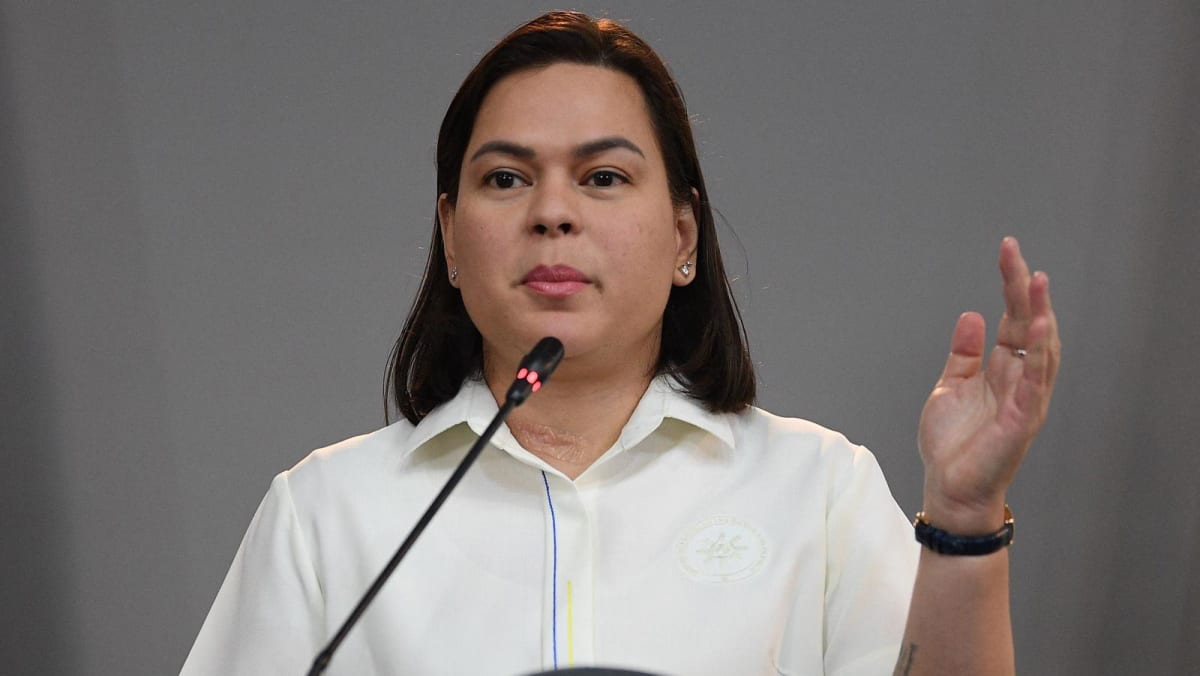
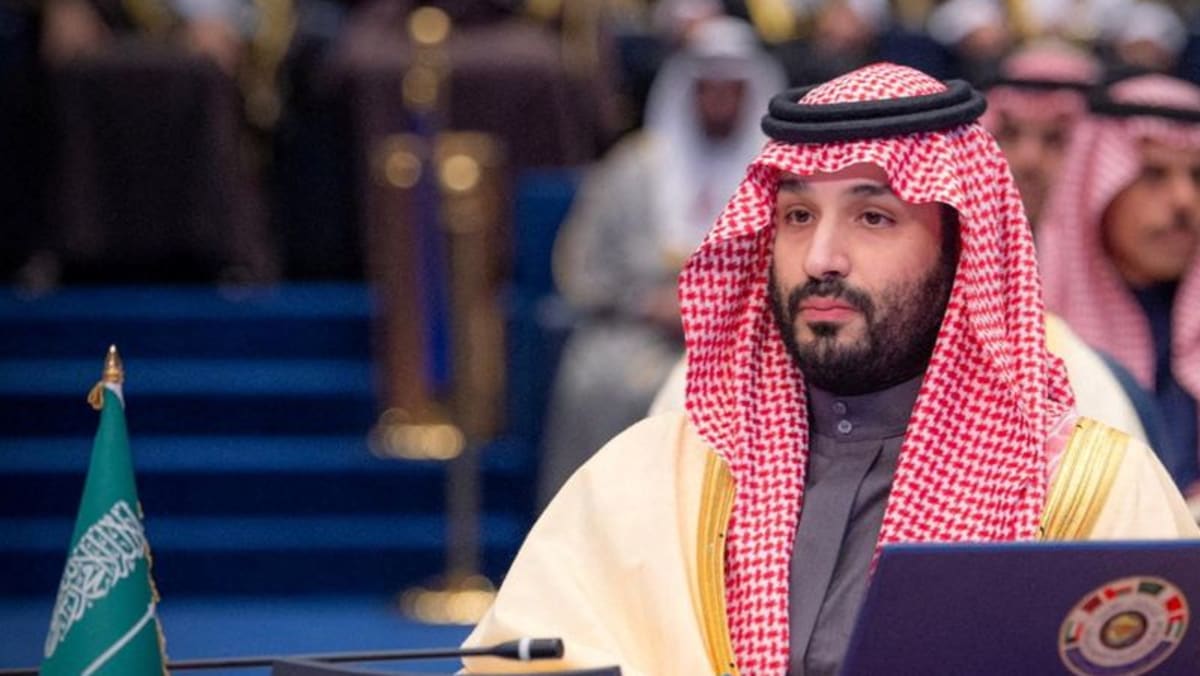
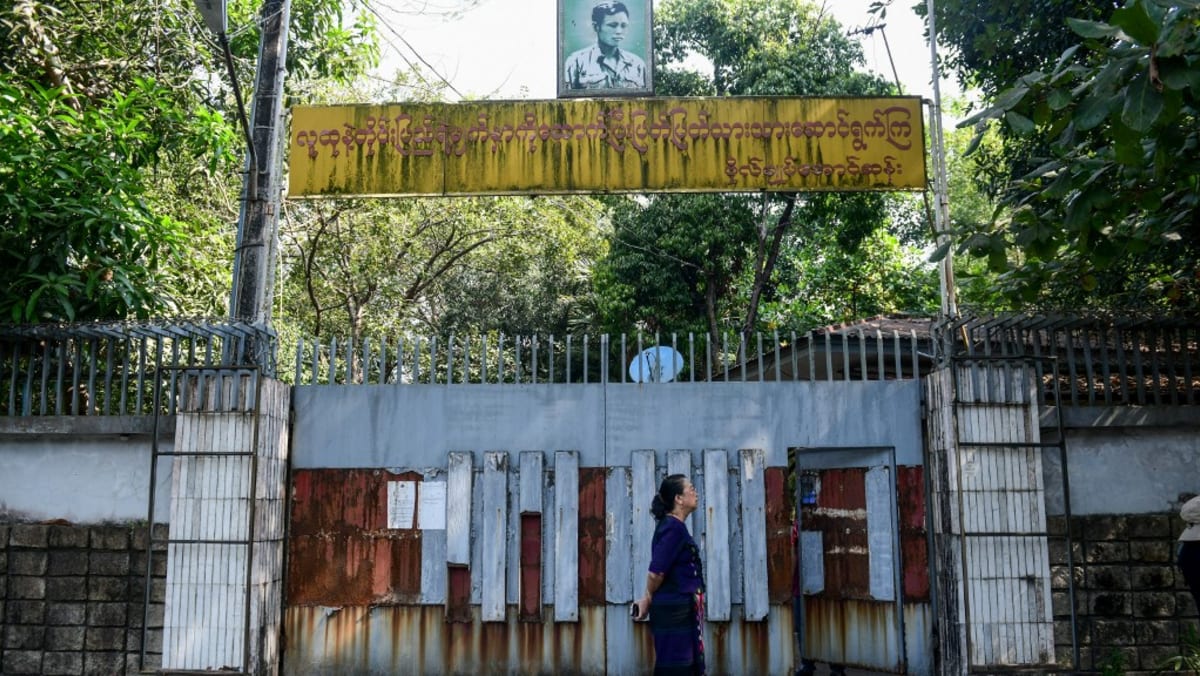
.jpg?itok=HVcXoYme)

